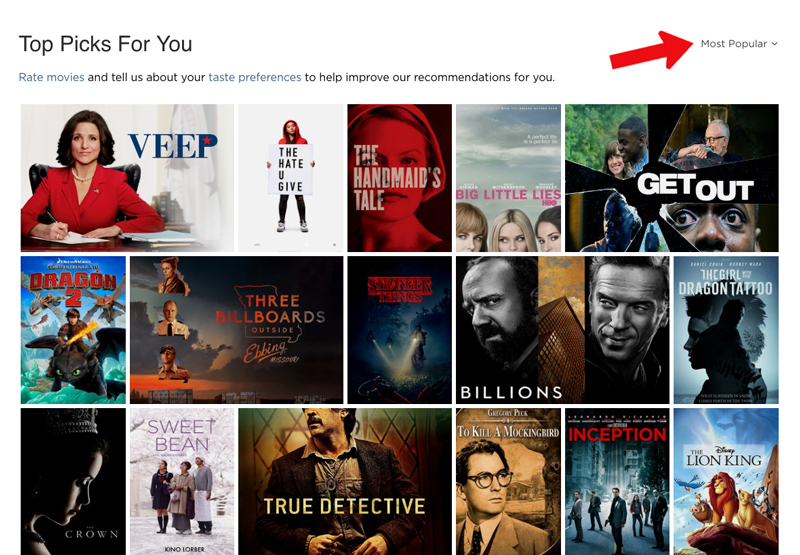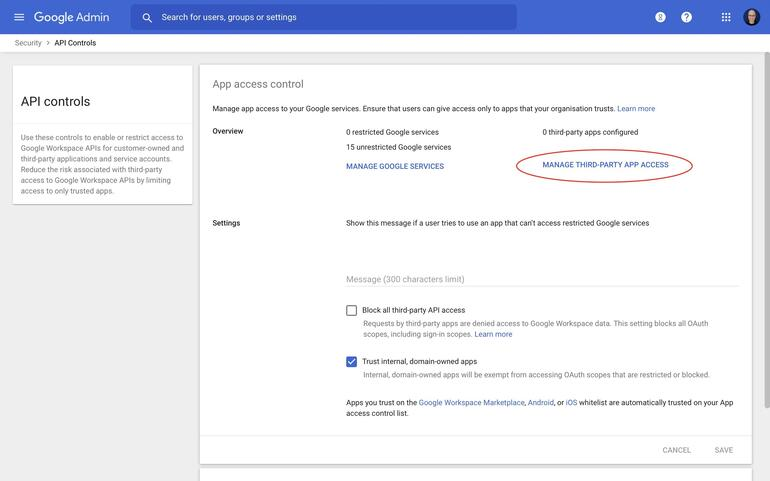- Solutions
-
Products
-
Resources
Sales Automation: What It Is, How It Works, and What to Automate First by Kristi Campbell View all Blog Posts >Get the App, Get the Sidebar, & Get Your Trial Going HereUnleash limitless growth opportunities by partnering with Cirrus Insight.
- Pricing
Filter By:
- All topics
- Sales Intelligence
- Salesforce
- Sales Productivity
- Sales Strategy
- Sales Prospecting
- Book More Meetings
- Sales Activity Data
- Company News
- Sales Leadership
- Sales Metrics
- Team Scheduling
- Prospect Smarter
- AI
- Serious Insights
- Comparison
- Conversation Intelligence
- Sync To Your CRM
- Email Blast
- Email Campaigns
What is the Deal with 3rd Party Cookies Disappearing?
Everything You Need To Know and the Potential Impact On Sales Tools
As internet users demand more privacy, Google is now following the footsteps of browsers like Apple, Safari, and Mozilla Firefox by removing support for third-party cookies on Google Chrome.
But what do third-party cookies going away mean for the future of consumer data and sales intelligence
Before diving in, here’s the rundown of what we’ll be covering:
- How Browser Tracking Works
- Google’s Ban on Third-Party Cookies
- Sales Intelligence WithoutThird-Party Cookies
How Does Browser Tracking Actually Work?
Let's put it simply. Cookies track user behavior. When you put cookies on your website, you say that you want to give users the best browsing experience, but actually collect user data so that you can make better sales. Cookies can track your online behavior, allowing advertisers to tailor your purchasing journey to increase the chances of making a sale.
In more technical terms, there are several types of browser tracking tools. Some of the more popular methods include:
- HTTP cookies (cookies)
- Web beacons
- IP address tracking
- Browser fingerprinting
Through these methods, companies can better assess your interest and intent as a buyer. It also helps them tailor the content of their websites to improve user engagement.
Cookies are the most effective and controversial of these four tracking options. Companies place cookies at strategic locations to gather specific data. Third-party cookies are often used to collect data that you don't want collected, and that is actually the main reason why people want the option to prevent third-party cookies.
But let's get back to the drawing board and properly define the term. Cookies are small text files that track user activity. They follow the links you click on and the ads that seem appealing to you.
As you already know, there are two different types of cookies.
What are 1st Party Cookies?
First-party cookies are cookies your website uses to gather data about your company. They are installed by the website owner. They gather customer data that helps improve the user experience. For example, on Netflix, first-party cookies are created to make movie recommendations based on the movies the user has watched.
Banks also use first-party cookies to remember your login information. Moreover, search engines like Google also use these cookies to suggest custom results based on your previous searches.

Banks also use first-party cookies to remember your login information. Moreover, search engines like Google also use these cookies to suggest custom results based on your previous searches.
What Are 3rd Party Cookies?
The biggest question on your mind must be: How do third-party cookies work? Third-party cookies offer a different story. They are installed by a company that does not own the website. Advertising networks and social media platforms often have access to third-party cookies from other websites, and they use them for cross-site tracking, letting them see user activity across different websites.
Third-party cookies in Chrome, for example, help companies tailor Chrome ads to specific users based on their behavior. On the other hand, Facebook can use third-party cookies for a limited time to see what content you are viewing when you leave Facebook. If people browse for items related to baking, even with limited third-party cookie access, Facebook will know enough to show them baking-related ads and content.
Unfortunately, the use of third-party cookies has come under scrutiny as some marketers and advertisers have abused the technology. That's why there is a push to stop using third-party cookies altogether.
Google's Ban on Third-Party Cookies
In 2020, Google announced its intent to remove third-party cookies from Chrome.
Instead of supporting third-party cookies by default, Google has established a project known as Privacy Sandbox to develop new advertising technology that collects behavioral data while protecting user privacy. This means that they will block third-party cookies by default.
Google's team will focus on creating privacy-first tracking technologies such as aggregation, anonymization, and on-device processing to eliminate the need for 3rd-party cookies. In particular, they have been optimistic about the use of Federated Learning of Cohorts (FLoC) as an effective replacement.
FLoC hides individual user activity within a crowd of other users with similar online behavior. Then, it uses the clustered data to deliver tailored content and ad retargeting.
Google stated that the initial tests of FloC suggest that it can produce comparable conversion rates to those of third-party cookies.
Users Can Opt-In to Third-Party Cookies
While Google continues to move towards a privacy-first internet experience, it still allows users to opt in and enable third-party cookie tracking on their browsers. In other words, users can decide to block all cookies or allow third-party cookies.
Chrome users can control which third-party apps track their activity through settings like trust, limit, and block.

The Future of Sales Intelligence Without Third-Party Cookies
The impending end of third-party cookies will undoubtedly shake the marketing and digital advertising industries, but how will it affect sales? People who often use third-party cookies will certainly be affected, but can they focus on other methods?
Having more information about leads helps sales reps tailor their messaging and provide better services. The good news is that sales intelligence tools do not heavily rely on third-party tracking cookies like digital marketing platforms and online advertising networks. They do use cookies, but it is not their bread and butter.
Sales intelligence tools track and record buyer signals like email opens, clicked links, and first-party website visits. When aggregated, these signals give reps a measurement of buyer intent, which offers higher buyer signals, which means that they have a higher intent of making a purchase.
Sales reps can use buyer intent metrics to prioritize leads and predict which leads will result in conversions. Here's a more detailed description of some of the ways sales intelligence tools measure buying intent signals.
First-party cookies are still there when you disable third-party cookies
Even as Google moves away from third-party cookies, companies can still use first-party tracking to monitor the behavior of their website visitors. With first-party cookies, sales reps can see the leads who visit their website and the pages they click. If a user clicks on your pricing page, that's a strong indicator of buyer intent.
Email tracking is one of the best sales tactics
Marketers have to monitor performance across several channels. When it comes to sales, email is king.
Email tracking is another way for sales reps to monitor buyer signals. Sales reps should be on the lookout for activities such as email open rates and click-through rates. At the individual lead level, more email engagement equals more interest.
Sales teams can also leverage aggregate email tracking data to understand broader trends and preferences in their target market. This is so much better than using cookies from third parties.
Link tracking is alive and kicking
If you want to move a prospect through your sales pipeline, you need to deliver the right message at the right time. How do you know what that message is?
Link tracking lets sales reps know which links their leads are clicking on and how they interact with the website. It also provides user engagement metrics.
With a link tracking solution, you can follow up with your leads when their interest levels are at their highest. Plus, you can tailor your follow-ups to include information relevant to what they actually want. There is no need for third-party cookies on your website.
Final Thoughts: You Don't Have to Depend on Third-Party Cookies
With Google jumping onto the privacy-first bandwagon and third-party cookies disappearing, companies must shift the way they collect and treat consumer data. Marketing and advertising departments can use tools like FLoC to manage user data while protecting anonymity.
For sales teams, gathering first-party data and tracking email engagement will continue to be extremely valuable. Sales intelligence software can arm your sales reps with buyer intent metrics that help them prioritize leads and deliver the right message.
At least you know the key difference between first-party and third-party cookies, and if you are in sales, you have realized that your reliance on third-party cookies is not as significant as you thought.
You can always use Cirrus Insight's buying signals to access in-depth tracking of user analytics. You can start leveraging customer data today with Cirrus Insight for Gmail.

.png?width=1268&height=1772&name=Sidebar-C%20(1).png)
